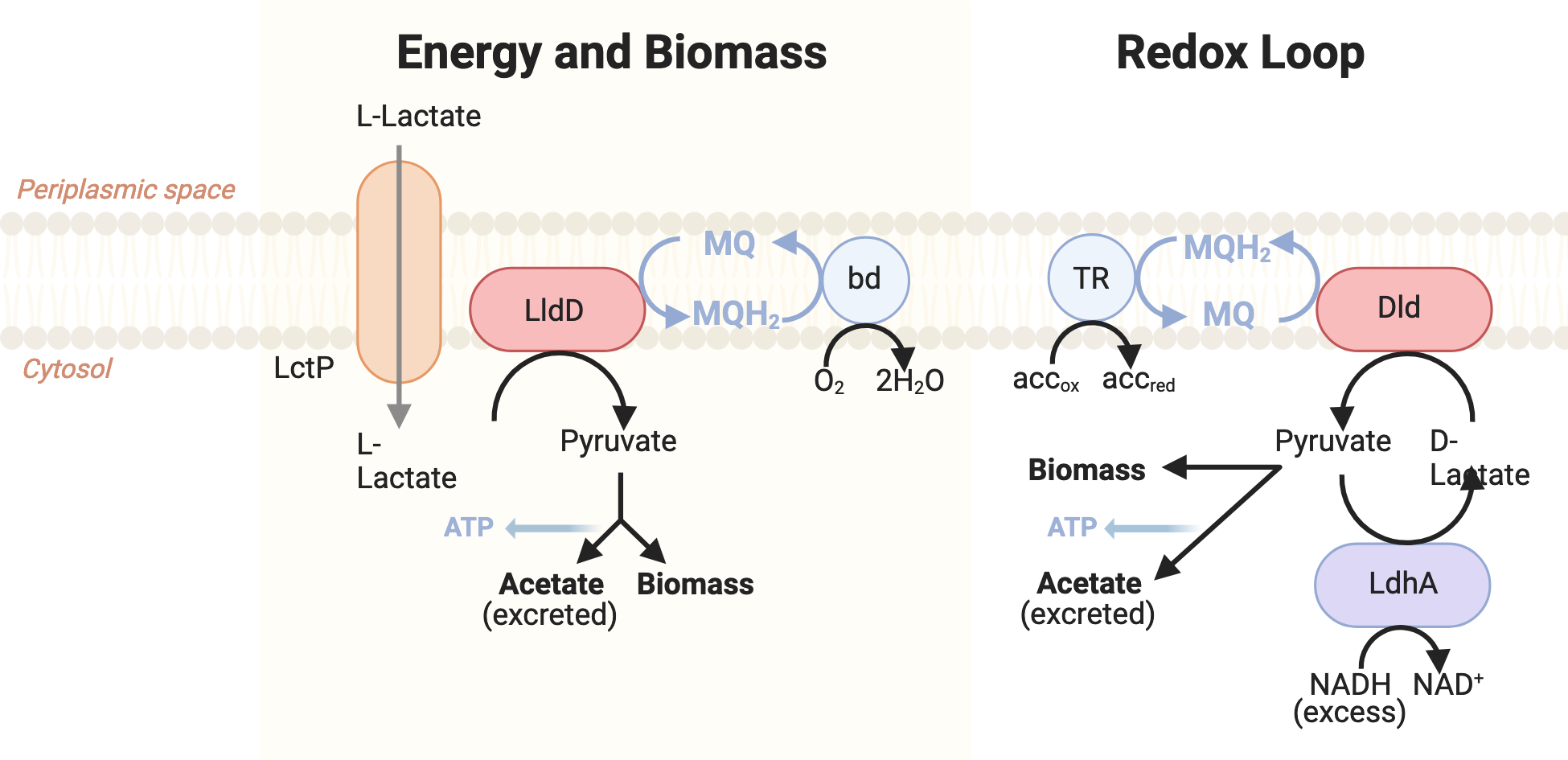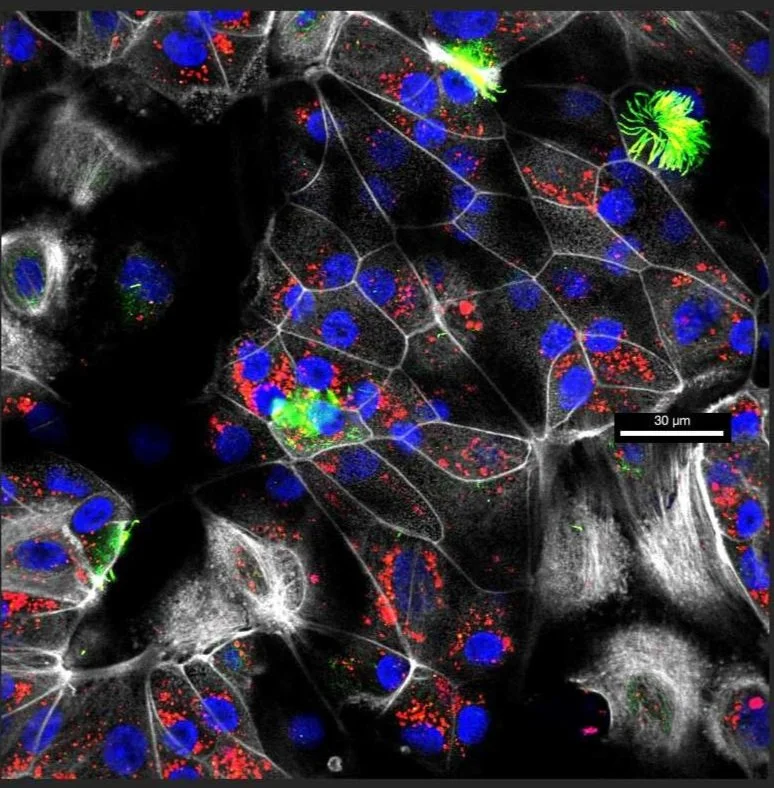What kinds of nutrients support H. influenzae pathogenesis?
Over the past 10 years, the essential role of metabolism for pathogen fitness and interactions with host organisms has been increasingly recognized, and we are investigating this for the Haemophilus influenzae.
H. influenzae is completely host-adapted, i.e. unable to survive outside the human host, suggesting extensive evolutionary adaptation to the human respiratory tract.
Indeed, H. influenzae metabolism differs significantly from standard models such as E. coli, combining a partial TCA cycle consisting only of a reductive branch with a versatile respiratory chain. In essence, H. influenzae grows by fermentation and generates most of the ATP needed for growth by substrate-level phosphorylation, but it can solve issues with redox balance (e.g. a too high concentration of NADH in the cell) that are typical in fermentative bacteria using its respiratory chain a type of metabolism we characterized as ‘respiration-assisted fermentation’ (Frontiers in Microbiology, 2014).
Access to preferred growth substrates is essential for H. influenzae virulence (ACS Infectious Diseases, 2020) as we have shown for lactate utilization: Strains unable to utilize lactate as a growth substrate showed reduced ability to colonize and survive when infecting human respiratory epithelia (PLOS Pathogens, 2022). There is also some evidence of changes in metabolic capabilities being associated with strains that can cause invasive disease such as blood infections (Pathogens and Disease, 2019).
To understand the importance of different metabolic functions, it is important to know which growth substrates a bacterium prefers. Using a BIOLOG Phenotypic Microarray, we have determined the nutrient profile of several H. influenzae strains. The profiles were remarkably similar and showed a specific adaptation to nutrients available in the respiratory tract.
Lactate, pentose sugars, and nucleosides were preferred Carbon sources, and interestingly, nucleosides and nucleotides also dominated the preferred N- and P- sources (PLOS Pathogens, 2022). To unravel the carbon fluxes through this metabolic network, we used 1H-NMR metabolomics and showed that the immuno-metabolite acetate is the major product of H. influenzae metabolism.
We are currently looking into the relevance of pentose sugars and nucleosides for H. influenzae virulence, as well as the role of bacterial metabolic endproducts such as acetate for survival of the bacteria in contact with host cells.
Interested? We have student projects available for all our research topics. Please contact us for further information.
Images created with BioRender


